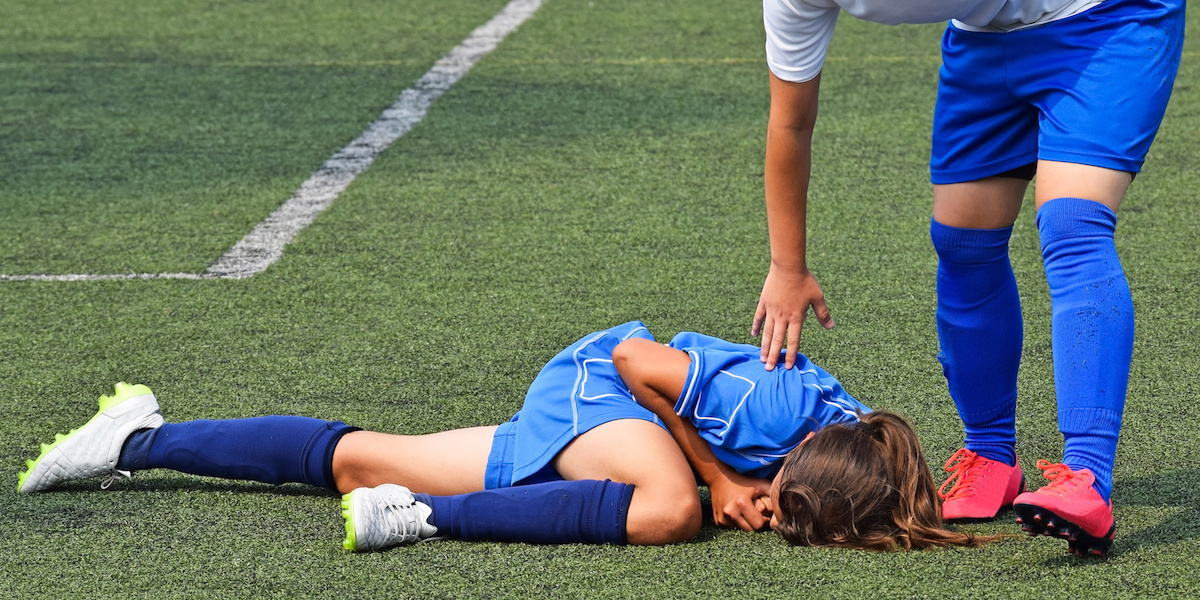
*The following is excerpted from an online article posted on ScienceDaily.
A new study suggests athletes with a history of concussion may show more brain injury from a later concussion, particularly in middle regions of the brain that are more susceptible to damage, when compared to athletes with no history of concussion.
“We know concussions may have long-term effects on the brain that last beyond getting a doctor’s clearance to return to play,” said study author Tom A. Schweizer, Ph.D., of St. Michael’s Hospital in Toronto, Canada. “It is unclear, however, to what extent the effects of repeated concussion can be detected among young, otherwise healthy adults. We found even though there was no difference in symptoms or the amount of recovery time, athletes with a history of concussion showed subtle and chronic changes in their brains.”
This study focused on changes within two areas in the middle of the brain that are especially vulnerable to concussion. Researchers focused on blood flow in the cingulate cortex and white matter microstructure in the corpus callosum. Changes in blood flow and microstructure that show up on brain scans can indicate underlying brain injury.
The study looked at 228 athletes with an average age of 20. This included 61 with a recent concussion and 167 without. Within the first group, 36 had a history of concussions. Within the second group, 73 had a history of concussions.
Researchers took up to five brain scans of each recently concussed athlete, from time of injury to one year after returning to play.
Researchers found that one year after a recent concussion, athletes with a history of concussion had sharper declines in blood flow within one area of the cingulate compared to those without a history of concussions. Those with a history of concussion had an average cerebral blood flow of 40 milliliters (mL) per minute, per 100 grams (g) of brain tissue. Those without a history of concussion had an average cerebral blood flow of 53 mL per minute, per 100g of brain tissue.
In athletes with a history of concussion, in the weeks after a new concussion, researchers also found microstructural changes in a region of the brain called the splenium, which is part of the corpus callosum.
“Our findings suggest that an athlete with a history of concussion should be watched closely, as these subtle brain changes may be worsened by repeated injury,” said Schweizer. “Additionally, our results should raise concern about the cumulative effects of repeated head injuries later in life.”
The research was published in Neurology, the medical journal of the American Academy of Neurology.
Source: ScienceDaily
https://www.sciencedaily.com/releases/2021/08/210825163648.htm

 Nicotine Pouch Use Rising Among Teens, Public Health Expert Sounds Alarm
Nicotine Pouch Use Rising Among Teens, Public Health Expert Sounds Alarm  What’s Hot? 07/11/25
What’s Hot? 07/11/25  Catch-Up Sleep on Weekends May Affect Anxiety Symptoms in Teens
Catch-Up Sleep on Weekends May Affect Anxiety Symptoms in Teens